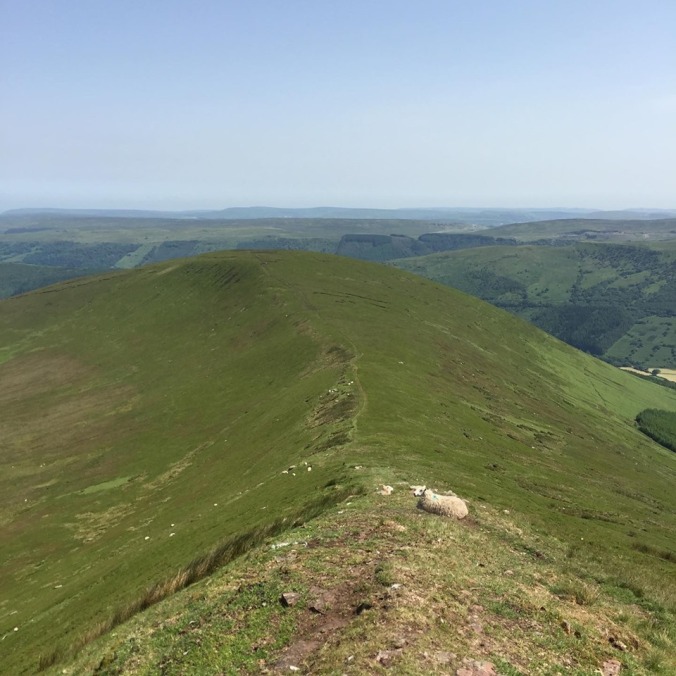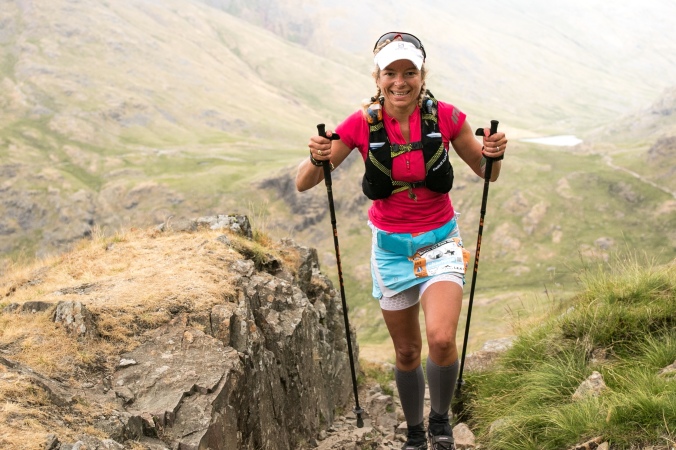Exploring messaging and why we become vulnerable to extremes in nutrition and training:
In 2012, Bradley Wiggins became the first British rider to win the Tour de France with a British team, Team Sky. A few weeks later he won a gold medal on the roads at his home Olympics. It was around this time that people began to look at Team Sky’s training philosophies and the term “marginal gains”entered the vernacular. There was a lot of interest in what the riders were doing beyond the normal training strategies, in particular nutrition and recovery. This coincided with an upswing in interest in the more extreme end of endurance sports, with more people taking part in marathons, mountain running, ultramarathons and Ironman triathlons than ever before.
For people coming into these sports from a relatively sedentary background, sports nutrition was not something they had ever been exposed to before, and they brought with them attitudes to food that came directly from the world of diet and weight loss culture, which was the only exposure to discourse around nutrition accessible to the general population.
Suddenly in a situation where their bodies were being subjected to a relatively high training stress, and as a result experiencing various issues such as gastric distress, fatigue, or cramping, they were desperate to find “solutions” that would also provide them with some of these mythical marginal gains. Coming from a position of being without much awareness of the basics of conventional sports nutrition or physiology, it is easy to see how they would grasp hold of any theories or suggestions offered, without being able to assess the veracity of any of them.
Throw in a cohort of believable “experts” with platforms of their own, and it becomes very difficult to avoid falling into the trap of believing that the latest trend will be what turns you into the athlete you so desire to be.
This is especially complicated when people enter these sports in order to lose weight. Their entire focus is on the essentials of weight loss: -calorie deficit, and they are not taught how to understand the requirements imposed on the body by exercise or any details beyond calorific burn.
Let’s look at the most prolific fad of recent years: low carbohydrate or ketogenic dieting. The ideas behind these diets come directly from a medical perspective – ketogenic diets were used to control epilepsy in children before medications were available; and low carb diets were used as a weight loss protocol for the very overweight population. These diets were co-opted by sports science initially as an experimental intervention, to see if they could be effective to improve performance at high levels, and to try to control certain symptoms around glycemic control in long distance sports.
The problem was that for the majority of people taking part in endurance sports, these diets are not helpful. However, as they were being championed by loud voices and presented with scientific sounding references and technical vocabulary, combined with the seductive promise of weight loss and “health”, there was a strong attraction to identifying with their strictures. It became very common for people to self identify as “low carb”athletes, or “keto”runners, with the dietary label becoming the thing that sets them apart from the rest – they feel special for eating in the way that they do, they feel more enlightened, “healthier”, more disciplined, than the rest.
This becomes dangerous when the diets cause harm. As the diet is entrenched in the persons sense of self and identity, they are less likely to be able to look critically at their own experiences. Or, worse, they blame themselves for not succeeding when others they admire seem to thrive on their chosen diet.
Add in the echo chamber of modern social media and the harm is compounded. It is extraordinarily easy to only be exposed to your own biases, without even really noticing that you’ve curated a bubble around yourself. Listening to podcasts that confirm what you already believe entrenches those attitudes ever further. This is especially true for those of us who grew up and were educated in the pre-social media world. We are conditioned to treat confident voices in media sources (voice or written word), as potential authorities, and if they chime with our already established views, that perception of authority becomes even stronger. This is how gurus get their followings. Often, the people who are most seduced by the narratives around diets and training are highly educated – trained to assess evidence from a position of knowledge, they are not able to bear witness to their own lack of knowledge in these areas, and as such trust “authorities”, believing that they are educating themselves. The fact that so many of these narratives are predicated on the assertion that conventional science is wrong or ill-conceived helps to further drive the belief system. If you want to believe that eating carbohydrates as an athlete will harm your performance and give you diabetes, you must also either not actually know the basics of human physiology, or if you do, you must not “believe” that science. It is no coincidence that many of these diet gurus also adhere to other damaging or dangerous ideas, such as vaccines causing autism, or doubting the transmission of covid-19 in the present day.
It seems a huge leap to go from from Team Sky to anti-vaccers. However, once you reject accepted standards of physiology, exercise science or nutrition, it is easy to slip further towards more and more outlandish belief systems. What happens when things go awry? Recently there is much more awareness around energy deficiency and athlete health. These ideas are creeping into the general discourse in a reverse of the pattern whereby diet culture discourse invaded sports nutrition. They are not always greeted without resistance, especially when, for example, deeply held ideas around restriction are challenged. For those used to the idea that the majority of the population are fat, sick, and out of control, the suggestion that restrictive patterns of eating are unhealthy for a part of the population is deeply challenging and dangerous.
Until it becomes possible to untangle these ideas; to understand how to help those who need it to become healthier, and to regain trust in the basics of our understanding of the human body, it is difficult to see a way out of this quandary. Removing the impetus to define identity by diet would be a great start. Removing the assumption that unless you are an Olympic level athlete you probably need to “watch your weight” in order to be healthy would be another. Improving the resources available to individuals entering sport as adults, and explaining the basics of energetics and sports nutrition would help a lot. Uncoupling weight management from sports engagement would probably be the best outcome for all sides; use dietary interventions for weight control and keep sports separate for fun, or health or performance goals.








